Austria. Vienna
 Vienna left a lasting impression on us with its wonderful weather, the prevalent white buildings exuding luxury and grandeur, the vibrant flowers abundantly blooming in the city parks, the relics housed in the Imperial Treasury at the Hofburg, the grandeur of the Habsburgs' summer residence at Schönbrunn Palace, and the iconic St. Stephen's Cathedral...
Vienna left a lasting impression on us with its wonderful weather, the prevalent white buildings exuding luxury and grandeur, the vibrant flowers abundantly blooming in the city parks, the relics housed in the Imperial Treasury at the Hofburg, the grandeur of the Habsburgs' summer residence at Schönbrunn Palace, and the iconic St. Stephen's Cathedral... Our exploration began at the Parliament building, located on the Ringstraße, the central ring road that encircles the entire central district of Vienna...
After passing by the magnificent Parliament building and through a park filled with flowers, we headed towards the Hofburg...
The Hofburg once served as the winter residence of one of Europe's most powerful dynasties, the Habsburgs, and was the main residence of the imperial court in Vienna. Today, some of its rooms house the official residence of the President of Austria, while the rest of it serves as a "Mecca" for tourists...
The main "museum space" in the Hofburg is the Treasury, containing items of great dynastic and religious significance. The Swiss Gate marks the entrance to the Swiss Court and the Treasury...
The cradle of Napoleon's son, made in 1811 from 280 kg of gilded silver, with a golden eagle symbolizing Napoleon. His son was called "The Little Eagle"...
An emerald perfume bottle...
The main exhibit in the Treasury is the crown of the Kings and Emperors of the Holy Roman Empire, likely made at the end of the 10th century and used for the coronation of almost all early medieval German monarchs...
The Coronation Gospel...
The most significant religious artifact is the "Imperial Cross," a reliquary cross that contained key Christian relics, including the "Holy Lance of St. Maurice," one of the Instruments of the Passion, and a piece of the True Cross on which Jesus Christ was crucified...
After exploring the extensive Treasury, we continued our stroll through the city center...
Even the "Plague Column," a monument typical in memory of the devastating plague epidemic, erected in 1693, looks bright and luxurious, unlike in other European cities where it often appears more somber...
The highlight of our visit was watching the history of Austria unfold on the Anker Clock. To experience this, we made sure to be there at noon when a 15-minute show begins... Twelve moving figures, "sailing" across the central window of the clock's dial, represent notable historical figures such as Marcus Aurelius, the founder of Vienna; Charlemagne, the founder of the empire in Western Europe; the beloved Austrian Empress Maria Theresa; and the composer Joseph Haydn. Each figure, standing 2.7 meters tall, is accompanied by the music of their respective era...
Undoubtedly, the most prominent landmark of Vienna is St. Stephen's Cathedral, a blend of Romanesque and Gothic architecture. The cathedral achieved its current form by 1511. The tallest tower reaches a height of 136 meters, making it difficult to capture the entire structure in a single photo from Stephansplatz, where it is located
Inside, the cathedral appears even more majestic...
After soaking in the "holy spirit," we continued our walk through the city center towards the Ringstraße...
Austria Fountain...
The monument to Johann Andreas von Liebenberg, the mayor of Vienna who organized the militia and defended the city during its siege by a 200,000-strong Ottoman army, which ended in the Turks' defeat in 1683...
The Votive Church - a neo-Gothic Roman Catholic church...
The neo-Gothic Vienna City Hall...
The Vienna State Opera...
The Museum of Art History on Maria Theresa Square and the monument to the Archduchess of Austria, Queen of Hungary and Bohemia...
The monument to Mozart in the Burggarten State Park...And here's how people relax in Vienna's parks...
The traffic junction at Schwarzenbergplatz...
The monument to Prince Schwarzenberg, who defeated Napoleon in the Battle of Leipzig...The monument to the Soviet "soldier-liberator"...
The monument to Ludwig van Beethoven, the author of the "Moonlight Sonata" and many other classical music hymns...
The monument to the acclaimed "King of Waltz," Johann Strauss, in Vienna's city park...
Then we took the metro to Schönbrunn, the summer residence of the Austrian emperors of the Habsburg dynasty...
After a stroll and a bit of fatigue from walking around the vast palace grounds, we headed back to the Ringstraße, where a bus was scheduled to pick us up near Maria Theresa Square...














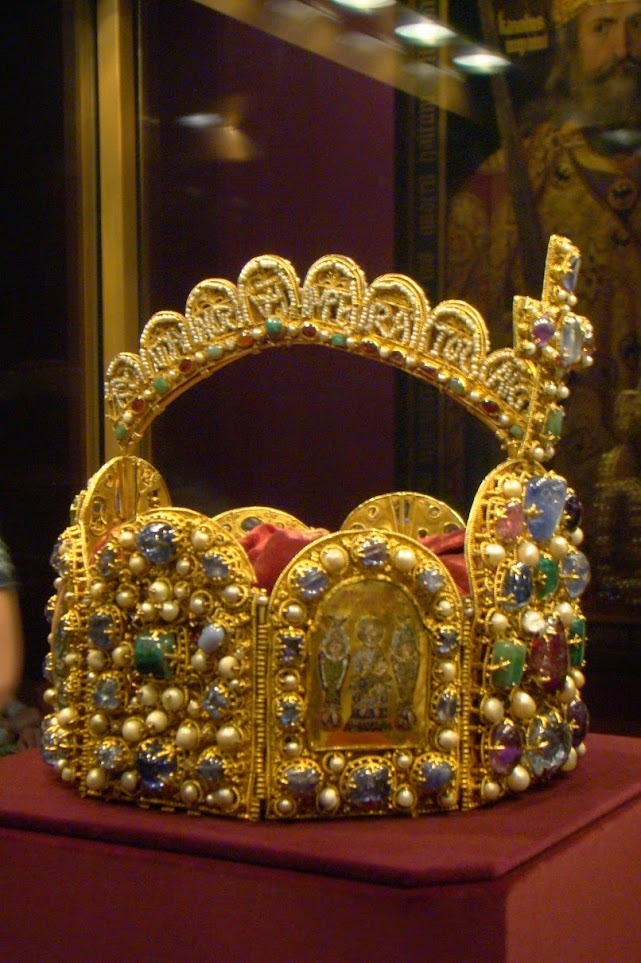





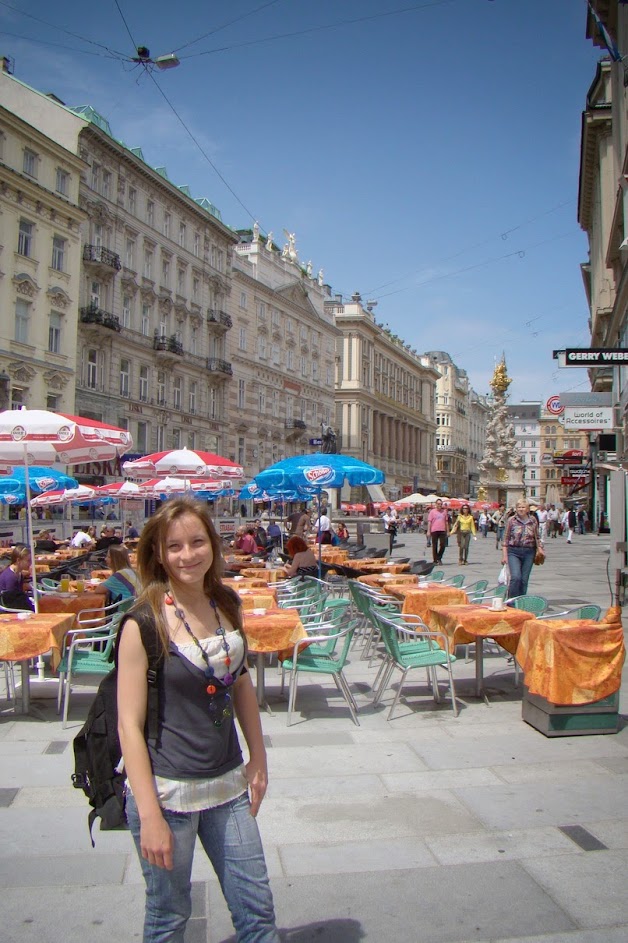





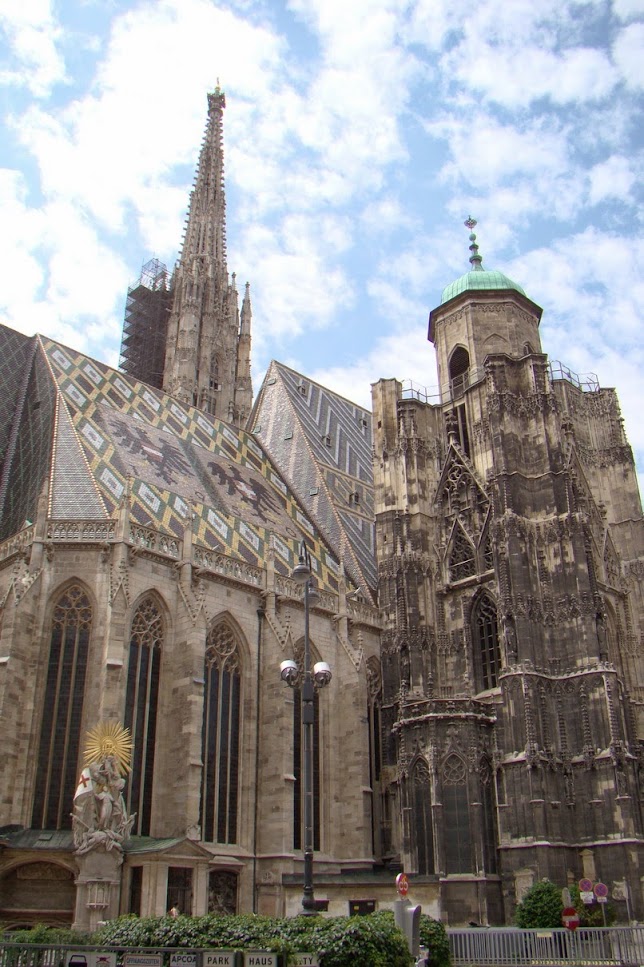











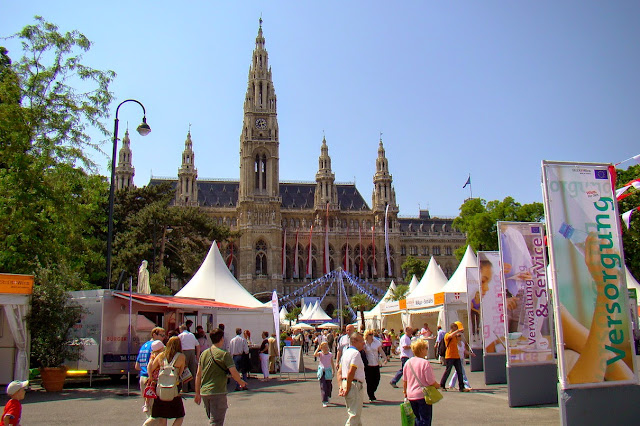
















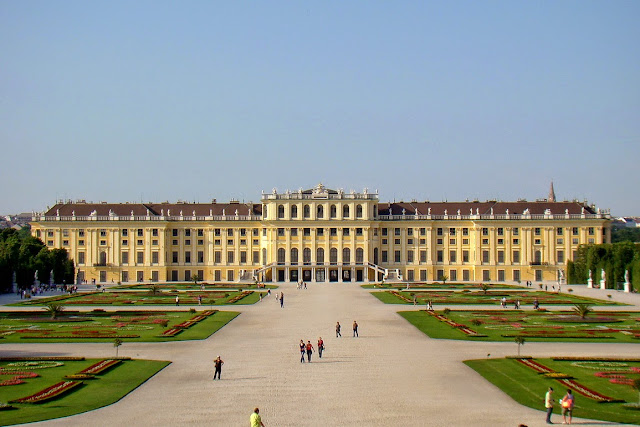





Comments
Post a Comment